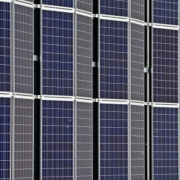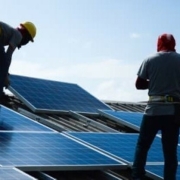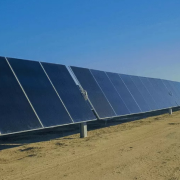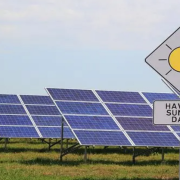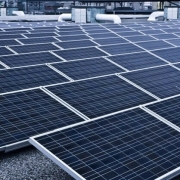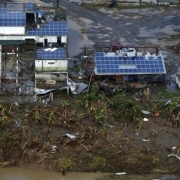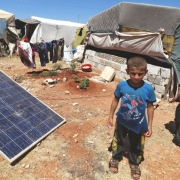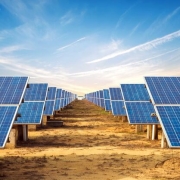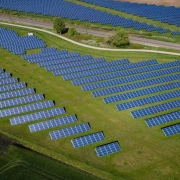Solar infrastructure brings about important opportunities for ecology and regeneration — this was the headline of the session, “How to reconcile Economy and Ecology?”, co-organized by the Global Solar Council and SolarPower Europe at the Wind and Solar Pavilion, in the Blue zone of COP27 on November 9.
As the cheapest clean energy technology, solar energy will be deployed at a massive scale to help the world meet its climate and energy goals. Such deployment of solar infrastructure requires space and land, creating both challenges and opportunities.
So far, climate change mitigation and adaptation focused on carbon neutrality and sustainable finance-developed carbon markets. But to tackle the challenges of soil degradation and biodiversity loss, finance and business models will have to evolve.
Click here to read the full article
Source: IMPAKTER
—
If you have any questions or thoughts about the topic, feel free to contact us here or leave a comment below.

